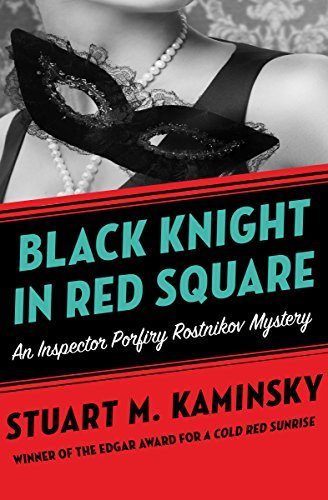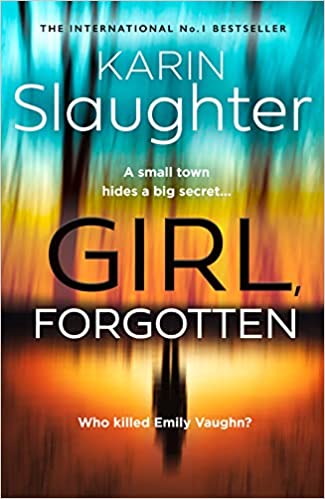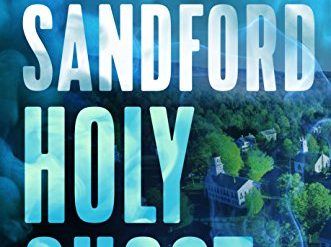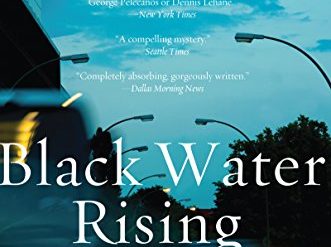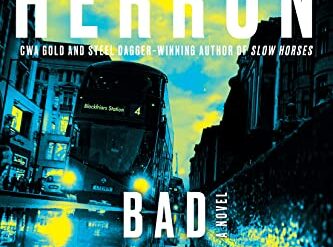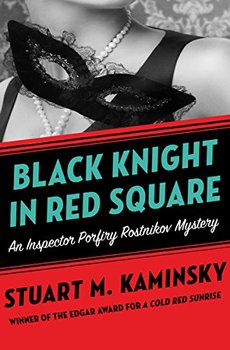
Why did the Soviet Union implode and the Berlin Wall crumble overnight? For many conservative Americans, the answer is Ronald Reagan. But level-headed analysts have debunked that thesis. In fact, the roots of the crisis that came to a head in the fall of the USSR lay deep in Soviet society. And Edgar Award-winning mystery author Stuart Kaminsky ably explored those roots in his sixteen-book series of Soviet-era detective novels featuring Chief Inspector Porfiry Rostnikov. In Black Knight in Red Square, the second novel in the series, the future collapse of the USSR is obvious to those with eyes to see.
Estimated reading time: 5 minutes
This is not a typical detective novel
A detective novel ordinarily pits a dogged and resourceful investigator against a wily criminal. And in Black Knight in Red Square, Inspector Rostnikov duels with a notorious international terrorist who might have given Carlos the Jackal a run for his money. But the nameless woman who threatens to blow up prominent landmarks in Moscow is not the Inspector’s most dangerous adversary. That would be Colonel Drozhkin of the KGB.
Black Knight in Red Square (Inspector Porfiry Rostnikov #2 of 16) by Stuart M. Kaminsky (1984) 341 pages ★★★★☆
The bodies are falling at the Metropole Hotel
As the novel opens, left-wing filmmakers from across the world are gathering for the Moscow Film Festival. The most prominent of them are housed at the famous Metropole Hotel—and there four bodies suddenly turn up. As Inspector Rostnikov and his team set out to investigate, it quickly becomes evident that the dead visitors all have links to a “pitifully small” terrorist group called World Liberation.
The terrorists have come to Moscow to demonstrate their contempt for Communism and the Soviet state, kill several thousand filmgoers, and disrupt the festival, squarely under the eyes of the world’s press. Naturally, the threat to the state draws the attention of the KGB. And Colonel Drozhkin’s priority is not to solve the murders but to cover up the terrorist activity to avoid embarrassing the Kremlin. So, from the moment the inspector is summoned to the colonel’s office, the two are at loggerheads.
A complex story on two parallel tracks
Kaminsky’s story is complicated, involving Inspector Rostnikov on two parallel tracks. On one, he and his team of two rush to identify and arrest the murderer before she and her allies can blow up Lenin’s Tomb and other Moscow landmarks. On the other track, Rostnikov methodically works to set up a trap for the corrupt Colonel Drozhkin by taping conversations that incriminate him. And in the background, the long-suffering Soviet people labor under the corruption and inefficiency that foretells the collapse of the USSR.
A wounded veteran and a weightlifter
Porfiry Rostnikov is an engaging character. He’s fifty-two, a wounded veteran of the Great Patriotic War, married, with a son in the army. To compensate for the limp from his wound at the Battle of Rostov, he has taken up weight-lifting and become uncommonly strong. As a Chief Inspector, Rostnikov has risen to his limit in the MVD. Because his wife is Jewish, he knows he will never be named to the more senior position of procurator in the Ministry of Justice. And that suits him just fine. He’s doing work he loves.
The inspector’s two assistants—humorless, relentless Emil Karpo, known to his colleagues as “the Vampire,” and young Sasha Tkach—are both fascinating in their own right, and we learn a good deal about both of them in this novel. Kaminsky writes in the omniscient third person, entering the innermost thoughts of even minor characters. So, we readers know a lot more about what’s going on than Inspector Rostnikov. Thus, we can closely follow his thoughts as he stumbles toward a solution to the two great puzzles he’s been saddled with.
The future collapse of the USSR seems unavoidable
The novel is set in 1981, when Leonid Brezhnev is in his last year of life. The alcoholic, pill-popping General Secretary of the Communist Party is dying, and the empire over which he presides is coming apart at the seams. Soviet troops are struggling in an unwinnable war in Afghanistan which the state strains to keep hidden from the public. Corruption reigns in every quarter, from the highest echelons of the Party to the shops and factories where “the state pretends to pay the workers, and the workers pretend to work.”
Meanwhile, the nearly half-million men and women of the KGB guard the levers of power to preserve what is theirs above all. Doubtless, there are few in the country who foresee bigger trouble ahead, for that is merely human nature. But from the perspective of the four decades that have elapsed since the time portrayed in the novel, the future collapse of the USSR seems unavoidable.
About the author
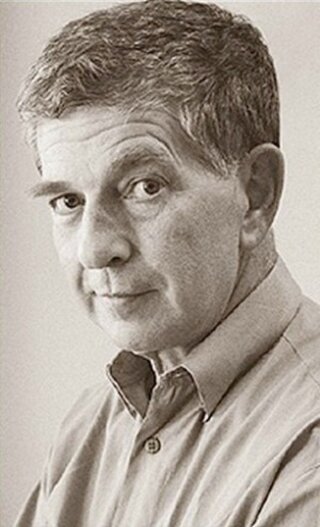
The late Stuart Kaminsky (1934-2009) received the Grand Master Award from the Mystery Writers of America three years before he died. In addition to the long-running (1981-2010) series featuring Inspector Porfiry Rostnikov, Kaminsky wrote two other mystery series. All told, he was the author of more than 60 novels, as well as story collections and nonfiction works. (Image credit: Los Angeles Times)
For related reading
This is one of a superb series of Police procedurals spanning modern Russian history.
I’ve reviewed the first novel in this series, Death of a Dissident, at A grim murder mystery set in the USSR, as well as three other books in the series, including the Edgar Award-winner, A Cold Red Sunrise (A historical mystery about a murder above the Arctic Circle).
If you’re looking for other exciting historical novels, check out Top 10 historical mysteries and thrillers.
You might also enjoy my posts:
- Two dozen outstanding detective series from around the world
- Top 10 mystery and thriller series
- 20 excellent standalone mysteries and thrillers
For an abundance of great mystery stories, go to Top 20 suspenseful detective novels and 5 top novels about private detectives.
And you can always find my most popular reviews, and the most recent ones, on the Home Page.

